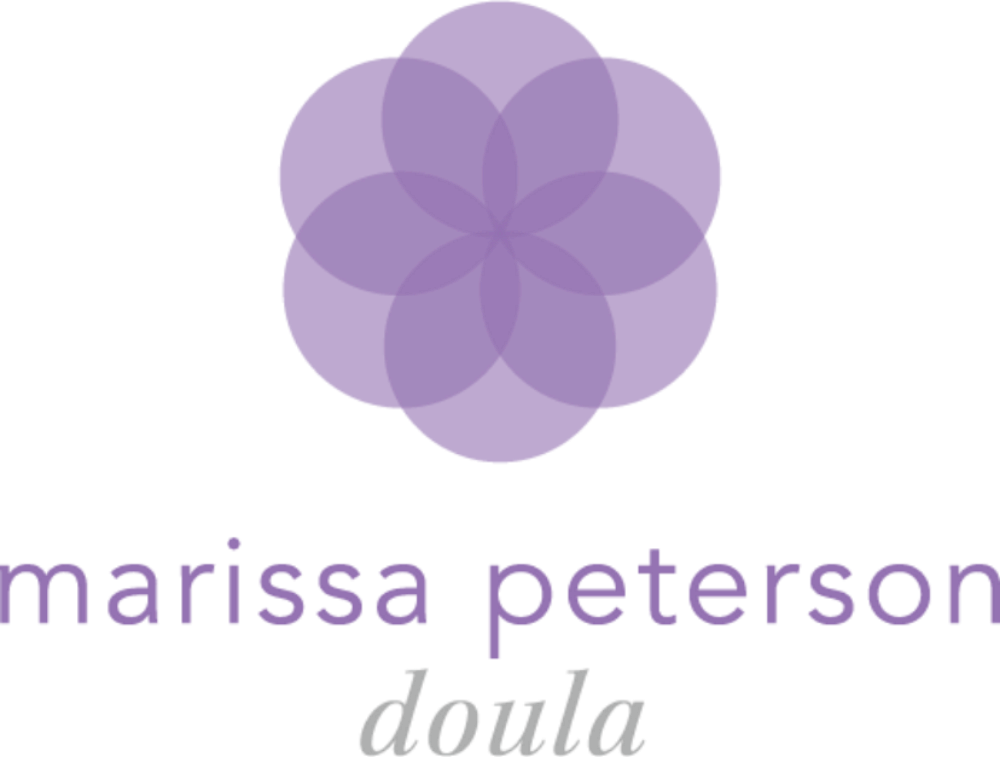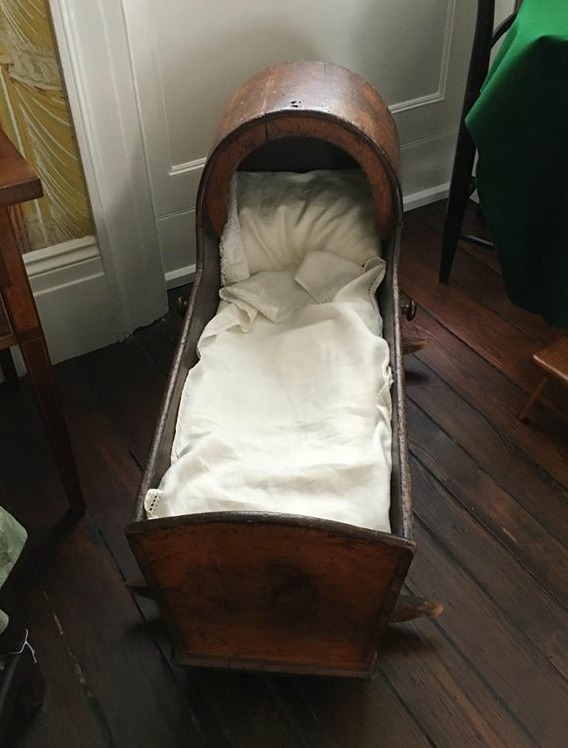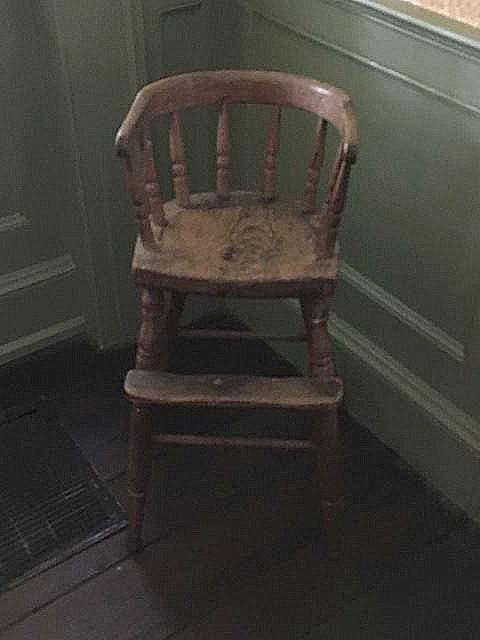With further research, I have compiled some interesting tidbits about birth in the 1820s.
1. It was deadly.
If a woman were to survive the birth itself, she was susceptible to childbed fever, now known as puerperal fever. The quick-progressing symptoms of this bacterial infection of the reproductive tract consisted of extreme abdominal pain, fever, and weakness. It took many years for doctors to learn the cause of the disease, which was eventually found to be caused by the lack of sanitation at the time. Doctors would often go directly from autopsies to births, with no hand hygiene between. The idea of doctors spreading the disease was first proposed in the early 1790s by Alexander Gordon, but was not accepted until 1885. It remained a problem due to carelessness in antiseptic routine, until sulfa and penicillin were introduced as treatments in the 1930s and 40s. We also cannot neglect the fact that deliveries were much more traumatic in this time, causing more wounds and a greater opportunity for infection to set in.
If women did not succumb to the fever, there were of course other deadly complications such as postpartum hemorrhage or obstructed labor. In fact, women wrote their wills upon finding out they were pregnant. Non-deadly, but life-altering, complications also occurred. These included damage from untreated infections and venereal diseases (antibiotics were not widely used for nearly another century), uterine prolapse, and fistulas.
Cornelia Augusta, Isaiah and Sarah's ninth child, died of childbed fever in 1853 at age 29.
2. Pain relief
Ether was first used in 1847, and chloroform shortly thereafter, but obviously were not available for Sarah's births in the 1820s. These medications also made the use of forceps more common, as they made it difficult for women to push effectively.
3. Doctor or midwife?
Before the 19th century, all births were attended by midwives. In the 1820s, most births were still at home (only 5% of deliveries occured in hospitals by 1900), but began to be attended by doctors as well. Sarah most likely had a home birth with a midwife, but we can't be certain.
Sources:
http://www.davenporthousemuseum.org/
https://www.bellybelly.com.au/birth/why-women-used-to-die-during-childbirth/
https://www.fitpregnancy.com/pregnancy/labor-delivery/checkered-history-delivery-room
http://www.loyno.edu/~kchopin/new/women/bcabortion.html
Birth: The Surprising History of How We Are Born by Tina Cassidy
Lying-In: A History of Childbirth in America by Richard Wertz & Dorothy Wertz










